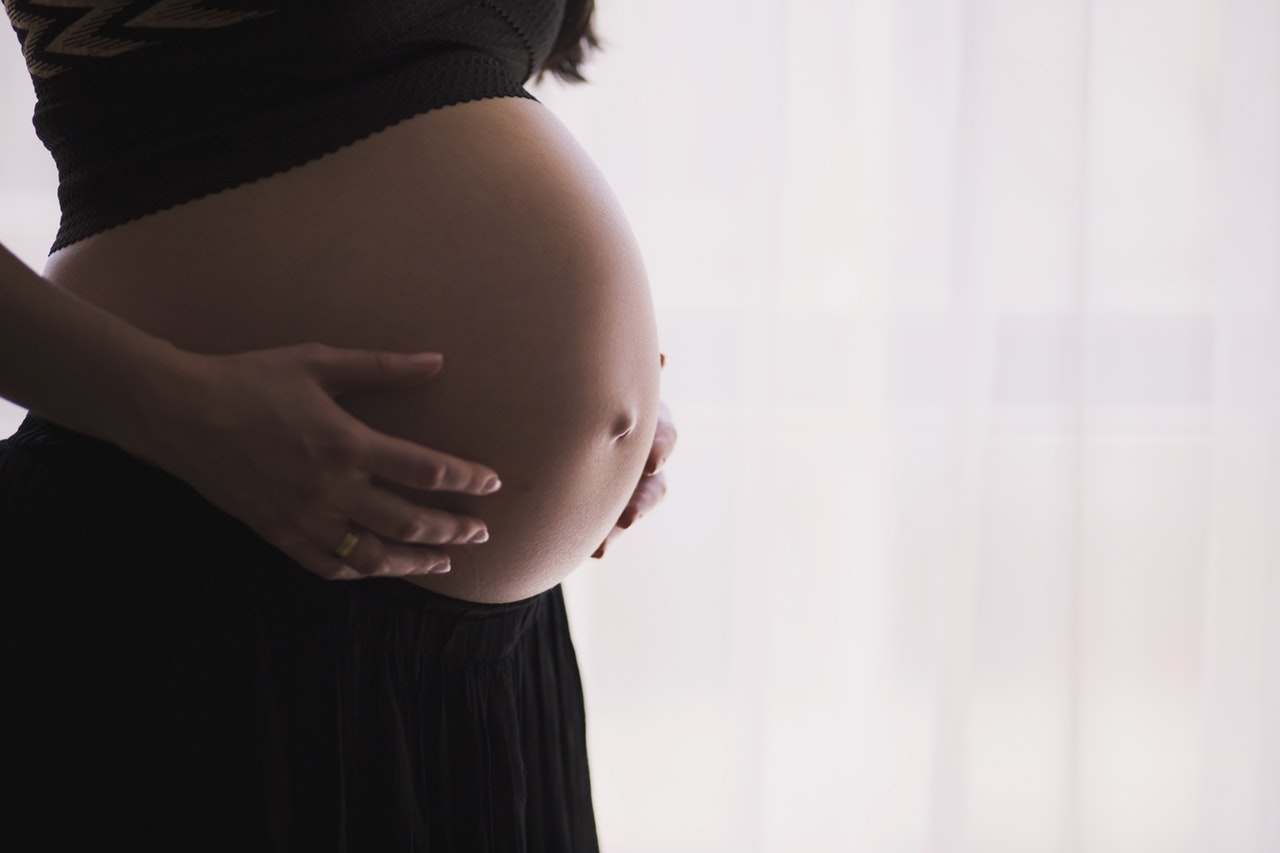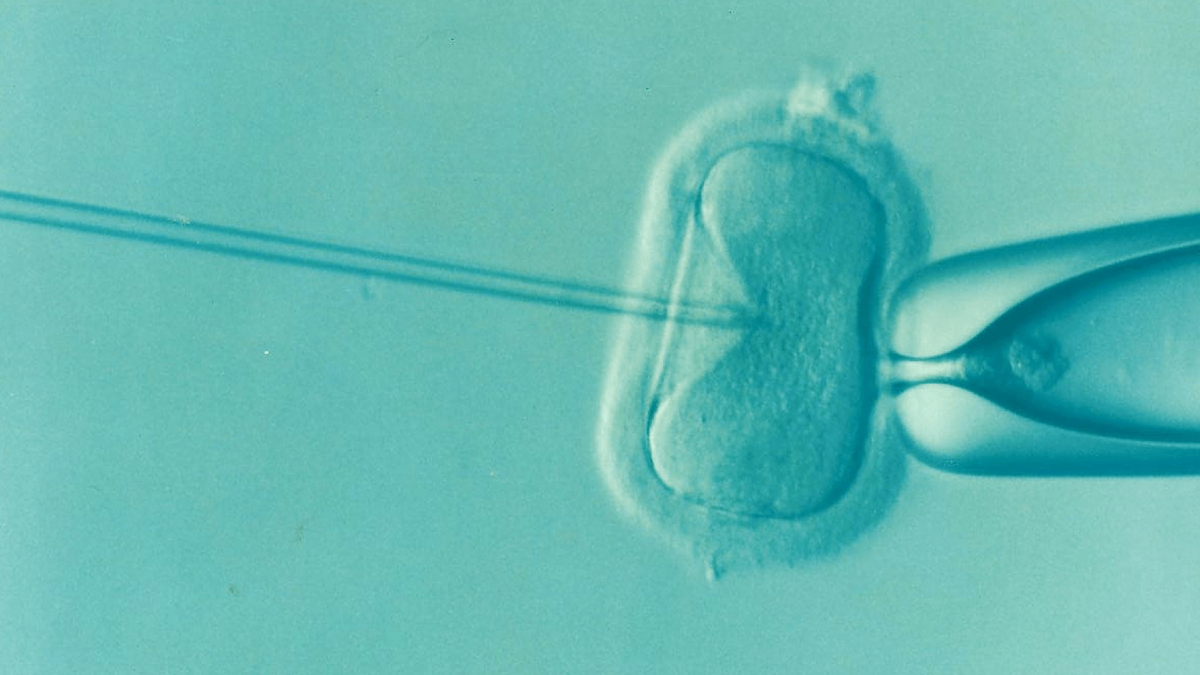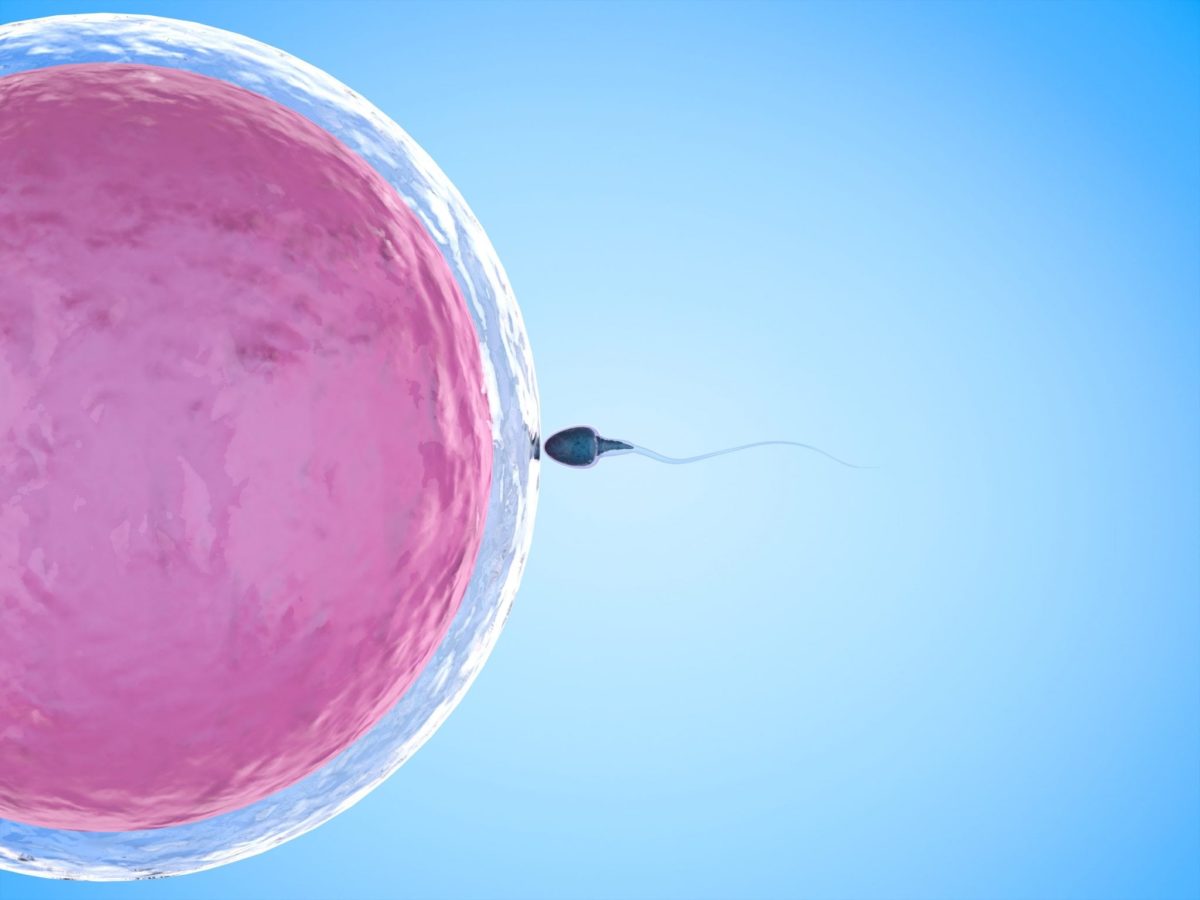
Assisted Hatching: What is it?
You may have heard the term “assisted hatching” and may even know someone who has had their embryos “hatched” before transfer. So what does that mean exactly?
Naturally (and in the lab), before an embryo implants, it grows in cell number and becomes a blastocyst. As the early embryo expands, the protective shell surrounding it (the zona) thins as it becomes stretched. Eventually, it will hatch and look for somewhere to implant.
Assisted Hatching is when we use a laser to make a tiny hole in the zona (shell) surrounding the embryo to facilitate the hatching of the embryo. Usually this is done when we will be taking a biopsy of a small number of cells for genetic testing.
Some clinics offer assisted hatching routinely, others for certain patient groups. PCRM does not hatch embryos routinely as there is no solid proof that hatching increases an embryos chance to implant (some studies show that it does, other studies show that it does not).
Picture 1 – the embryo expands to become a blastocyst, the zona becomes thinner

Assisted Hatching
Picture 2 - the embryo hatches and is ready to implant

Picture 3 - shows an embryo which has been hatched using a laser

Related Posts
Categories
About the PCRM Blog
Welcome to the Pacific Fertility Centre for Reproductive Medicine Blog! Nationally and internationally recognized for providing exceptional reproductive care, our team believes in empowering people with the knowledge they need to navigate their unique fertility journeys.
From information on the latest fertility treatments to valuable insights on egg donation, surrogacy, and everything in between, the Pacific Centre for Reproductive Medicine Blog is your ultimate resource for all things reproductive care and support. Read on to learn more, and contact us today if you have any questions or want to schedule a new patient appointment.



